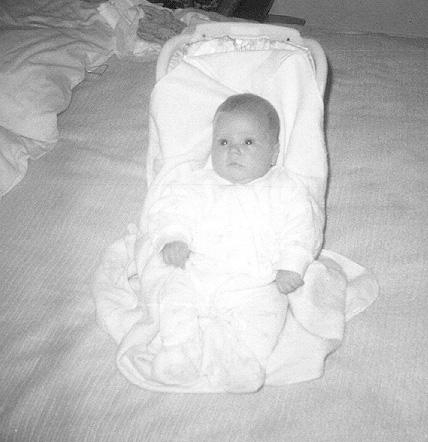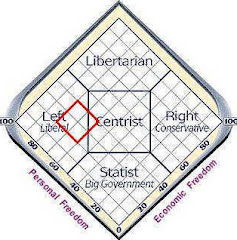The Story of TRiO
"I shall never forget the faces of the boys and the girls..., and I remember even yet the pain of realizing and knowing then that college was closed to practically every one of those children because they were too poor. And I think it was then that I made up my mind that this Nation could never rest while the door to knowledge remained closed to any American." -President Lyndon B. Johnson, 1965
Have you ever wondered about TRiO-- its origin and its history? Did you know that TRiO and other educational opportunity programs (i.e., Head Start) have been controversial since they began? To understand how TRiO programs came into existence, it is important to understand the context in which these programs were “born.”
The 1950s were a time of prosperity for most of the
Lyndon Johnson became the president in 1964 following John F. Kennedy’s 1963 assassination. As part of LBJ’s political platform, he decided to declare a “War on Poverty.” Making poverty a national concern set in motion a series of bills and acts, creating programs such as Head Start, food stamps, work study, Medicare and Medicaid, which still exist today. Next, Johnson helped push through the Civil Rights Act of 1964. Legend has it that, as he put down his pen, Johnson told an aide, "We have lost the South for a generation." He was anticipating a coming racist backlash from Southern whites against Johnson's Democratic Party.
One of the first pieces of government legislation designed to fight poverty was the Economic Opportunity Act of 1964, and in this statute, TRiO was started with the proposal of the Upward Bound program. Along with Upward Bound, the Economic Opportunity Act also passed the preschool program, Head Start. Both programs became immediately controversial, because there were Senators and Congress members who believed the programs were illegally promoting civil and voting rights. Educational program leaders were accused of inciting racial agitation or participating in civil rights protests. In order to reinstate funding for Head Start, several busses of five-year old children went to
Johnson’s lifelong belief that education was the cure for ignorance and poverty, as well as being an essential component of the American Dream, led him to pass legislation to enhance education. Johnson’s major postsecondary educational program was the “Higher Education Act of 1965" which focused on funding for lower income students, including grants, work-study money, and government loans. TRiO’s Talent Search, the second educational outreach program, was created as part of the Higher Education Act. Johnson also pushed for passage of the Elementary and Secondary Education Act (ESEA) of 1965 which designated large amounts of federal money to go to public schools.
In 1968, Student Support Services, which was originally known as Special Services for Disadvantaged Students, was authorized by the Higher Education Amendments and became the third in a series of educational opportunity programs. By 1969, the original three educational opportunity programs had been created and coined “TRiO”- Upward Bound, Talent Search and Student Support Services.
Over the years, the TRiO Programs have been expanded and improved to provide a wider range of services and to reach more students who need assistance. There were several threats to TRiO existence, including complete cuts to the programs proposed during the Reagan administration and later, during the second Bush administration. Nonetheless, TRiO continued to grow and develop, adding new programs throughout the 1970s and 1980s, such as the McNair Post-Baccalaureate Achievement Program created in 1986. Thus, looking back, it's easy to forget that it took 22 years, from 1964 to 1986, to construct the current array of TRiO programs.
One of the key changes to TRiO came in 1980 when the programs expanded to serve first generation college students. Adding first generation students was important because it moved the programs in a more inclusive direction toward looking at the origin and the impact of non-financial barriers to access and success in postsecondary education. And politically, it enabled the TRiO program to build a broader coalition in Congress, a coalition not just of poor people, but a coalition of all of those who had not had opportunities, or whose constituents had not had opportunities for postsecondary education.
Since the 1980s, TRiO programs have come a long way in terms of the political respect that they have, in terms of the political stature they have, and fundamentally, in terms of the political power they have. The TRiO programs are on the


No comments:
Post a Comment